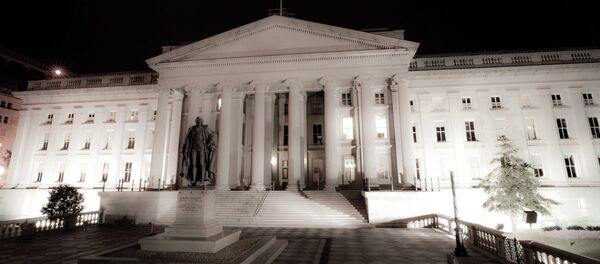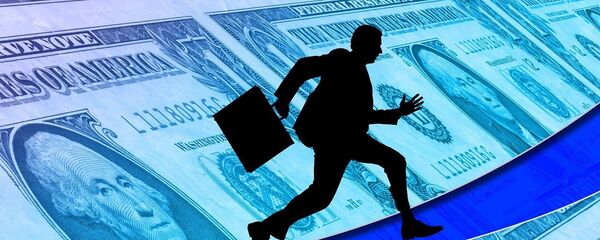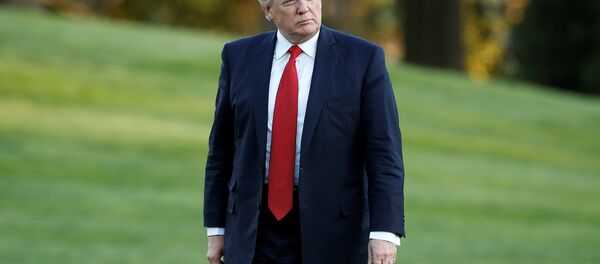The disagreements between the White House and Congressional Republicans amid the absence of any support from the Democrats might, therefore, derail President Donald Trump's economic agenda, which had promised to boost the yearly growth to above 3 percent.
The official report on US growth will be released on Friday, and the current consensus expectations put 1Q17 economic expansion at 1 percent year-on-year. Compared to the 2.1-percent growth reported in 4Q16, the current pace of expansion looks dismal, even though the first quarter of the year is a traditionally weaker period in terms of growth due to seasonal factors.
This time around, the White House is aiming for comprehensive structural reforms across most industries and sectors of the US economy. However, the politically-motivated disagreements in Washington might produce delays or undermine some of Trump's initiatives. The overall growth projections through year 2019 are at this point counting out the effects of the fiscal and trade reforms.
Yearly consensus estimates currently show 2.2-2.3-percent annual growth in 2017-2019. Despite the mediocre at best pace of economic expansion in the US at this point, most market participants are expecting a slight rebound in 2Q17. The pace of growth will be subdued and below the 3-4-percent year-on-year that Trump is aiming for until his administration is able to overcome the political headwinds it is facing.
"We're in more of a steady state for the economy," Scott Brown of St. Petersburg, Florida-based Raymond James Financial Inc. said. "Not much at all has happened on policy."
Of course, Trump's fiscal stimulus and a boost in US exports would provide a more substantial foundation for US economic expansion. However, growth limitations in the form of the lack of qualified labor and weak productivity are already a reality, and while the negotiations in Washington are underway, the economy is still sluggish, as it has been over the past eight years. Nonetheless, US consumer confidence has improved somewhat in Trump's first 100 days, mainly due to the strength of the labor market, but also because of the high expectations from the new President's reformist agenda. Still, unless the "Trump effect," which is mostly psychological, is supported by solid policy measures, the economy will continue to falter. These much-needed policy measures are lagging due to the discord in Washington.
"People need to see a tangible improvement if that confidence is going to manifest itself in hard economic data," Gus Faucher of PNC Financial Services Group Inc. said.
Therefore, US economic growth is poised to fluctuate around 2 percent annualized well into the next year until the fiscal stimulus package finally passes the Congress. Another question is if it would be quite as radical and helpful to the economy as it was outlined by Trump on his campaign trail, or if the months of political negotiations would produce a rather diluted version of fiscal reform, and hardly enough to make a difference.








